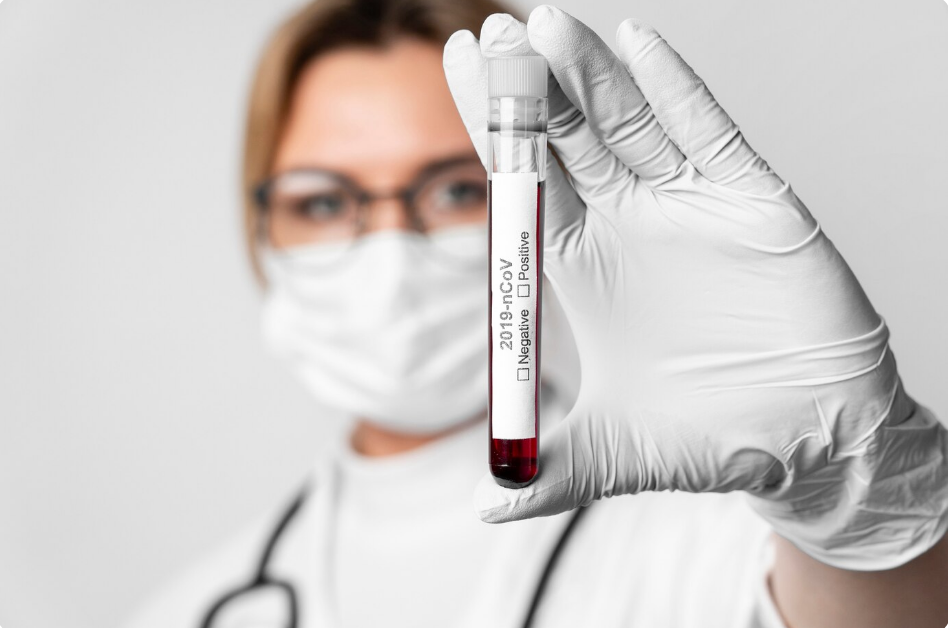TB Risk Assessment: Key Steps to Follow

Tuberculosis (TB) remains a significant global health concern despite advancements in medical science. The ability to identify and manage TB risks is critical for both individuals and communities. Conducting a comprehensive TB risk assessment is the first and most important step in controlling the spread of this infectious disease. If you’re searching for "tb risk assessment near me", understanding the key steps involved will empower you to take informed action and seek appropriate testing and care.
What Is a TB Risk Assessment?
A TB risk assessment is a systematic evaluation designed to determine the likelihood that an individual or population is exposed to or infected with tuberculosis. It identifies risk factors, evaluates potential exposure scenarios, and helps healthcare providers decide on the necessity for further testing, treatment, or preventive measures.
Why Is TB Risk Assessment Important?
TB primarily affects the lungs but can target other organs as well. It spreads through airborne droplets when a person with active TB coughs or sneezes. Early identification through risk assessment helps:
-
Detect latent TB infections before they become active.
-
Prevent outbreaks in communities and workplaces.
-
Guide healthcare workers in implementing effective control strategies.
-
Reduce the overall disease burden.
Key Steps to Follow in a TB Risk Assessment
Whether you’re an individual looking to understand your own risk or a healthcare professional conducting community screenings, the following steps outline a comprehensive approach to TB risk assessment.
1. Identify the Population at Risk
Start by determining who is at potential risk. High-risk groups include:
-
People who have been in close contact with someone diagnosed with active TB.
-
Individuals from regions with high TB prevalence.
-
Immunocompromised individuals, such as those living with HIV/AIDS.
-
Healthcare workers and caregivers in facilities where TB patients are treated.
-
Residents of congregate settings like prisons, homeless shelters, or nursing homes.
Knowing the demographic and environmental factors is crucial for an effective risk evaluation.
2. Gather a Detailed Medical and Exposure History
A thorough interview should collect information on:
-
Previous TB infection or treatment.
-
Known exposure to someone with active TB.
-
History of travel to or residence in high-TB-burden countries.
-
Symptoms suggestive of TB, such as persistent cough, weight loss, night sweats, or fever.
-
Underlying health conditions that may increase susceptibility.
This history helps establish the level of risk and the urgency of follow-up testing.
3. Conduct a Physical Examination
Although many TB infections show no immediate symptoms, a focused physical exam can help identify signs of active disease, especially in the lungs. Providers look for:
-
Enlarged lymph nodes.
-
Abnormal lung sounds.
-
Signs of systemic illness.
While physical findings alone are insufficient, they complement history and laboratory tests.
4. Perform Diagnostic Testing
Testing is vital to confirm or rule out TB infection:
-
Tuberculin Skin Test (TST): A small amount of purified protein derivative (PPD) is injected under the skin. The site is checked after 48-72 hours for a reaction indicating TB exposure.
-
Interferon-Gamma Release Assays (IGRAs): Blood tests that measure immune response to TB bacteria, often preferred for individuals who have received the BCG vaccine.
-
Chest X-rays: Used to detect active pulmonary TB.
-
Sputum Tests: Microscopic examination and culture of sputum samples to identify active TB bacteria.
For anyone searching for "tb risk assessment near me", these tests are typically offered at clinics specializing in infectious diseases or public health departments.
5. Evaluate Environmental and Workplace Risks
TB transmission can be influenced by the environment. Assess:
-
Ventilation quality in homes, workplaces, and public facilities.
-
Crowding and proximity to known TB cases.
-
Infection control practices in healthcare and community settings.
Identifying and improving these factors is key to reducing risk.
6. Risk Categorization and Follow-up Plan
Based on gathered information, categorize individuals into risk levels:
-
Low Risk: No known exposure, negative tests.
-
Moderate Risk: Possible exposure, no symptoms, negative or uncertain test results.
-
High Risk: Known exposure, symptoms present, or positive tests.
For high-risk individuals, further evaluation, preventive therapy, or treatment may be necessary. Moderate-risk individuals might require periodic monitoring.
7. Educate and Counsel
Education is an integral part of the TB risk assessment process. Counsel patients and communities on:
-
TB transmission and prevention.
-
Importance of completing treatment if diagnosed.
-
Recognizing symptoms of active TB.
-
When and where to seek medical care.
Empowered with knowledge, individuals are better prepared to protect themselves and others.
Finding Reliable TB Risk Assessment Near Me
If you are concerned about TB exposure or need screening, searching "tb risk assessment near me" can help you locate local clinics, health departments, or hospitals offering these services. Many community health centers provide free or low-cost TB risk assessments and testing.
Before visiting, check if the center offers comprehensive services including:
-
Detailed risk evaluations.
-
Testing (TST, IGRA, chest X-rays).
-
Follow-up treatment and counseling.
Choosing a reputable provider ensures you receive accurate diagnosis and proper care.
Conclusion
A well-conducted TB risk assessment is vital in the fight against tuberculosis. By following these key steps—from identifying at-risk populations to performing diagnostic testing and offering education—you contribute significantly to early detection and prevention of TB spread.
If you or someone you know is at risk, don’t hesitate to search "TB risk assessment near me" and take the necessary steps toward safeguarding health. Early action not only protects you but also helps protect your community from this potentially deadly disease.
- Art
- Causes
- Crafts
- Dance
- Drinks
- Film
- Fitness
- Food
- Games
- Gardening
- Health
- Home
- Literature
- Music
- Networking
- Other
- Party
- Religion
- Shopping
- Sports
- Theater
- Wellness


